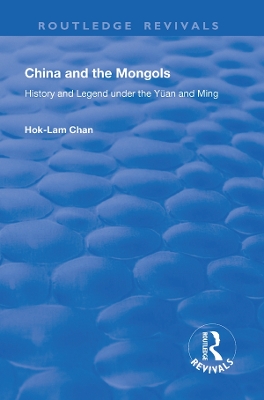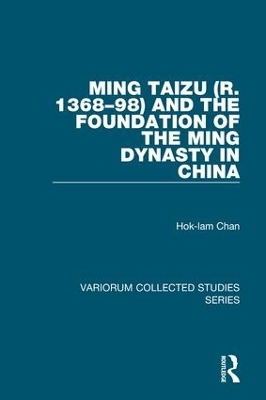Variorum Collected Studies
2 total works
CS 647
Published in 1999. A common theme linking these papers is that of the interaction of elite and popular traditions, as found in the writings and folktales of Yuan and Ming China. The first studies focus on historical writings, not just as topics of intellectual and cultural history, but as foundations for understanding the sources of that time and seeing how earlier periods were viewed - for example, in the composition of the Liao, Chin and Sung histories at the Mongol-Yuan court in the 1340s. A second cluster examines a number of popular legends in which Mongol and Chinese elements can be seen to mix: the use of a bowshot in choosing a site, as in the story of the founding of Peking; the legends of the foundation of the Ming dynasty; or the image and fictionalisation of the great Ming statesman, Liu Chi.
Ming Taizu (r. 1368-98) and the Foundation of the Ming Dynasty in China
by Hok-Lam Chan
Published 28 October 2011
This second collection of studies by Hok-lam Chan focuses on the person and the image of Ming Taizu, the founder of the Ming dynasty, and a powerful, brutal and autocratic emperor who has had a significant impact not only in late imperial China, but also in East Asia, over the last six centuries. Individual studies look at the legitimation of the dynasty, particular military and religious figures, policies of persecution and punishment, and struggles over the succession.

